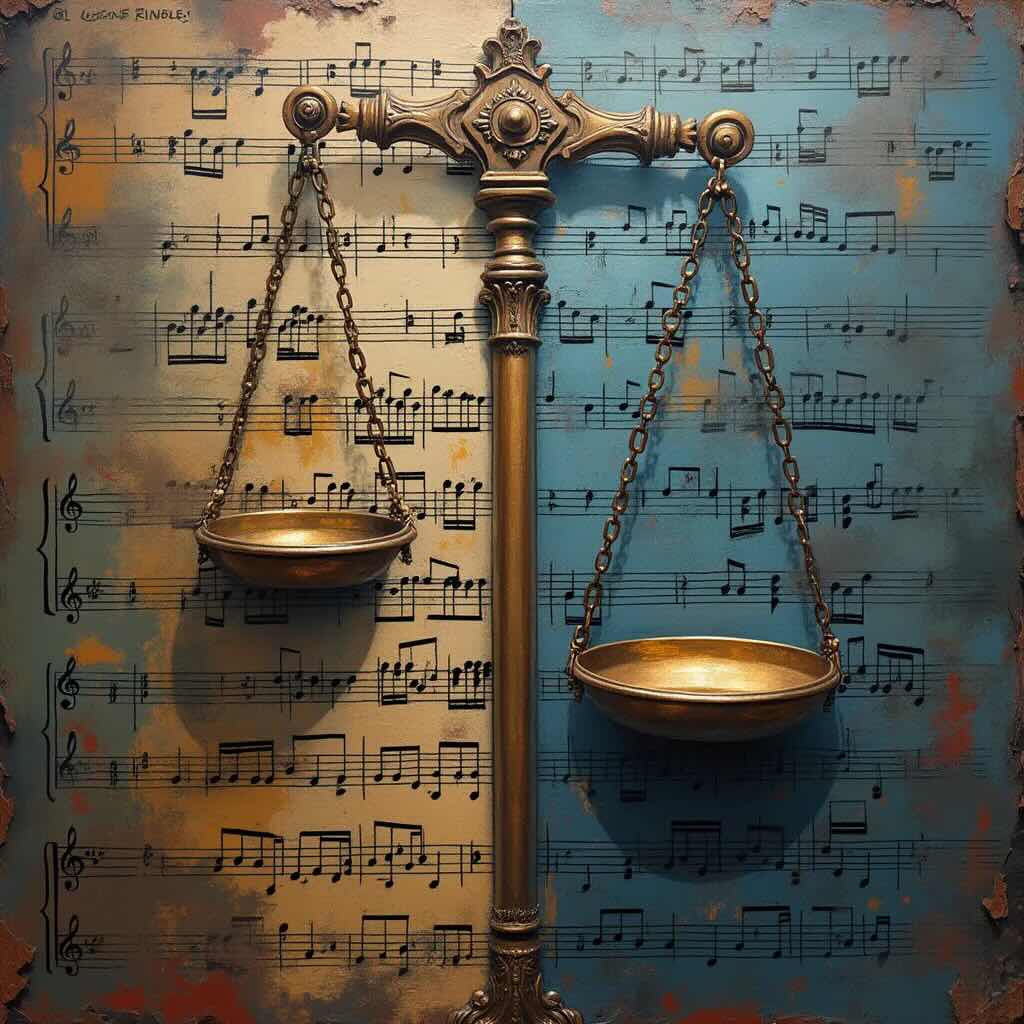
Scale Spelling: A Comprehensive Guide for Musicians
As musicians, whether we’re songwriters, producers, teachers, or students, music theory is our foundation. Understanding the building blocks of music theory—like scales—is crucial for everything from composing to teaching. In today’s post, I’m diving into a concept that often confuses musicians: scale spelling. We’ll break down what it is, why it’s important, and how to […]
Continue reading →